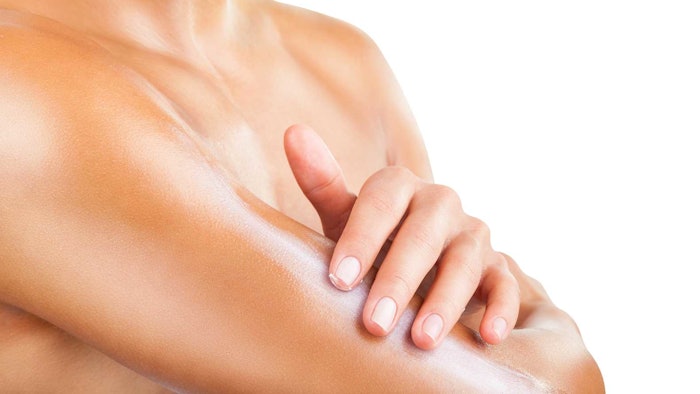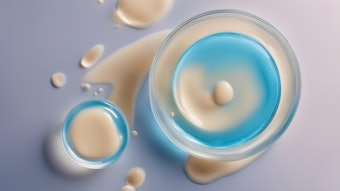
A test model to predict the skin permeability of cosmetic and pharmaceutical compounds is described in upcoming edition of the Journal of Chromatography A. The approach is based on the retention on octadecyl (C18), cholesterol-bonded and immobilized artificial membrane (IAM) columns.
See archived: A High Throughput Method to Predict Skin Penetration and Screen Topical Formulations
According to the authors, the IAM and cholesterol-bonded columns are biomimicking ones, with certain components of the skin bound to the stationary phase. These were applied in HPLC. The C18 column was studied in UHPLC due to its fast features.
Fifty-eight compounds were analyzed to devise a theoretical retention factor (log kw). This factor, in addition to two sets of molecular descriptors, was used to derive a model skin permeability coefficient (log Kp) using multiple linear regression (MLR) and partial least squares (PLS) regression modeling.
Results showed that log k on the IAM column showed better correlation with skin permeability but the overall best model comprised a stepwise MLR approach on the UHPLC parameters combined with theoretical descriptors. The authors concluded the model accurately predicted skin permeability; in addition, the speed of the UHPLC method could classify it as a high-throughput approach.
See archived: Skin Barrier Impaired? Two 'TEWLs' to Tell










